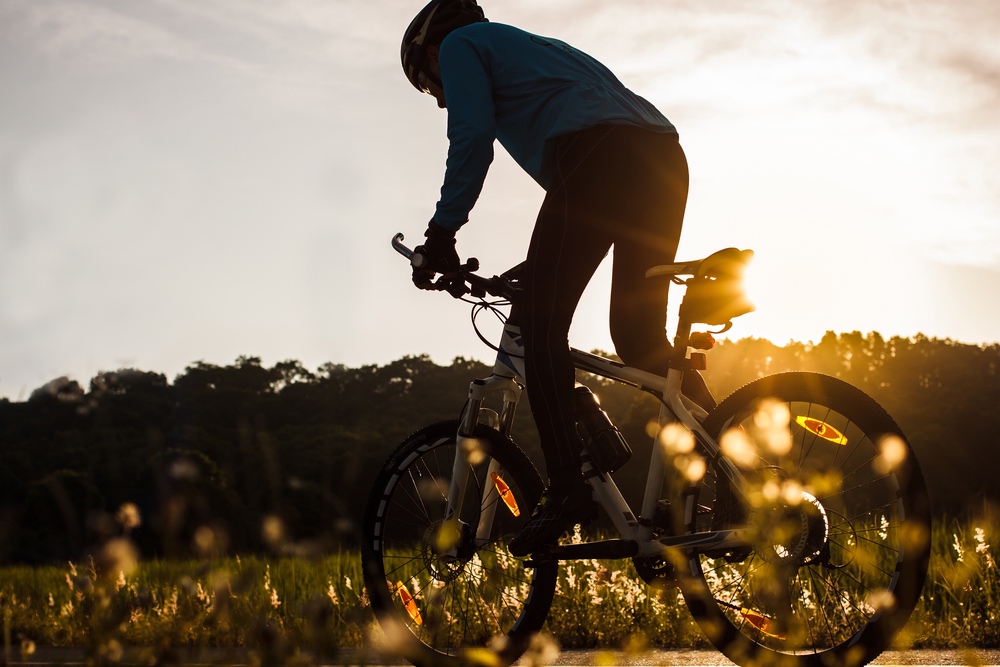Making a summer plan
Your training plan in summer will be different from winter. The off-season is where you want to build up your aerobic base and focus on quantity. When the racing season comes, you want to switch more towards intervals to build speed and focus more on quality. The specifics depend on your fitness level, ambitions, and the type and number of events you want to do. But in general, you want a good mix of endurance (talking tempo), intervals (heavy-breathing efforts), and recovery days (light activity and rest).
A three-day cycle
One way of doing this is to have a three-day cycle of two endurance days followed by an interval and then have an easy day after two cycles. For example, this would mean Monday, Tuesday, Thursday, and Friday endurance, Wednesday and Saturday intervals, and Sunday rest. You can tweak this template to add races in various ways. Let’s take a look at three popular variations.

A taper before a big race
This variation is ideal for the one or two most important races of your summer. How it works is you start your week as usual. Monday and Tuesday are endurance days, Wednesday intervals, Thursday endurance again, and both Friday and Saturday are your rest days to get your legs fresh for the Sunday event. And you can easily transition into the following week with an easy endurance day on Monday again.
A training race
This variation is best for smaller races you’re doing for fun and to spice up your training. You start with an endurance ride on Monday but then you do your usual higher intensity intervals on Tuesday instead of Wednesday. You then follow this up with three endurance days Wednesday through Friday and do intervals on Saturday as usual. The event on Sunday then serves as overload training because you’re pushing two hard days in a row. The following week starts with an easy endurance day on Monday as usual.

Racing every weekend
Many people prefer racing every weekend to fit in as many events and fun as possible. Even though this isn’t the best strategy to maximize performance in each event, it can still be done in a smart way. Let’s say you race every Sunday. Your Mondays should be rest days with light activity followed by endurance on Tuesdays, then the usual intervals on Wednesday, and endurance on Thursday. Friday should be a rest day with light activity only followed by a shorter interval session on Saturday to wake up your legs for the Sunday race. The second recovery day is there to compensate for adding a race to two interval days in one week. Even though you might be racing for fun, it’s always harder on the body than most training sessions.
Adjust it to your schedule
The advantage of the three-day cycle system is that you can adapt it to almost any race schedule you have. Just keep one rest day a week at a minimum and don’t hesitate to add a second light day if more demanding events start piling up. Having a handle on your summer training is key if you want to improve sustainably while enjoying races and social rides too.







